Daily order cutoff at 2pm

Why use Colour Coding in a workplace?
Used as an effective and quick means of identification, we already experience colour coding in many everyday situations. Often, perhaps without realising it. Traffic lights are one obvious thing. But take a look around and you’ll see all number of colour coding controls implemented to make things clearer or more obvious to us.
Now imagine a world without colour where our environment becomes transparent. Instantly, we lose the ability to emphasise importance or danger. Humans are creatures naturally drawn to colours. It’s how we process the world around us. To remove them leaves us in a world fraught with danger. So why not take this and apply it to our work environments too?
What is colour coding for?
The purpose of colour coding is to communicate without speaking. Communication is simplified and becomes universally understood with the right application of colour. Verbal or written communication can often leave room for ambiguity or misinterpretation. With the implementation of colour coding it’s, well, a lot more black and white.
Colour-coding is a fairly universal language. But also, the positive impact that this can have on employees is a big benefit. If employees are more comfortable in their surroundings and they know exactly where to go for tools or equipment, it’s more empowering and can result in improved productivity.

Where you can find colour coding
Colour-coding is used in most places and most walks of life. Construction, healthcare, cleaning, electrical engineering and all sorts of different applications already have their own coding standards.
Colour is simple, but it will make your workspace a lot more organised. A well thought out colour coding system empowers individuals in decision making processes, as well as helping to promote a culture of care and ownership. So if your business or industry doesn’t already have it’s own colour coding standards, here’s how it could work for you.
Returning kit to the right place
Some workspaces may allocate certain colours to particular areas e.g. a broom with a red handle could be allocated to the workshop, and the yellow-handled broom belongs to the office. This method is proven to help keep the tools organised. Essentially providing traceability and indicating ownership.
Colour coding for certain conditions
We sometimes attribute certain colours to specific situations. For example, GREEN may make you think of the environment, something that’s safe, the message “go” or the outdoors. BLUE may be more associated with food processing, cool, clean or sterile. RED in many societies denotes danger. So often is is applied to areas of greater hazard or risk. It may often mean hot or stop. This kind of coding therefore highlights and prevents any sort of misuse of equipment for the wrong applications.
Methods of coding
This is where it gets fun. And it can be really inexpensive too. You don’t necessarily have to go out and buy one of each item in each different colour variant. That is, of course, unless of course you want to. Or, your industry standards dictate. There are many more straightforward methods of coding your tools and equipment. For example you could use items like paint pens, tape or cable ties to identify tools or equipment. And for the demarcation of the corresponding areas you can then use things like floor tape. This is a cheap and simple means of identifying what goes where. Floor tape is also really effective when used to mark safe or unsafe areas.

For more specialist applications you can consider using items like coloured tool control foam, washers, torque seal markers. There are any number of different products and methods to colour code your equipment.
Shadow Foam for many years has been bring coding and tool control to workplaces and homes around the world. Now with the addition of this complimentary range of products, you can take your organisation to even greater heights.


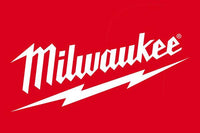
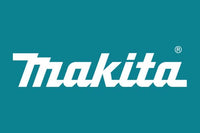

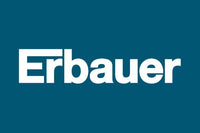
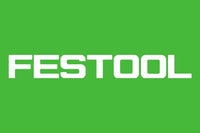











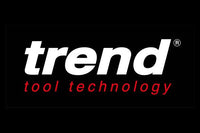
 Free Cutting Kit on qualifying orders
Free Cutting Kit on qualifying orders
 Over 4,000 positive reviews
Over 4,000 positive reviews
 500+ videos on YouTube
500+ videos on YouTube
 UK Based Support
UK Based Support